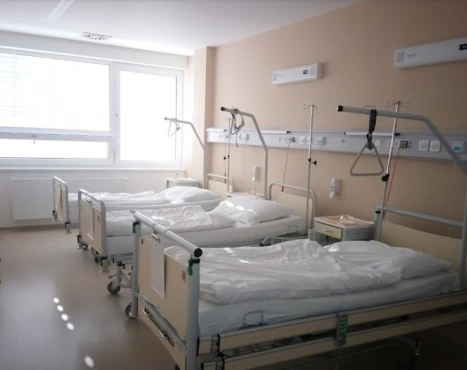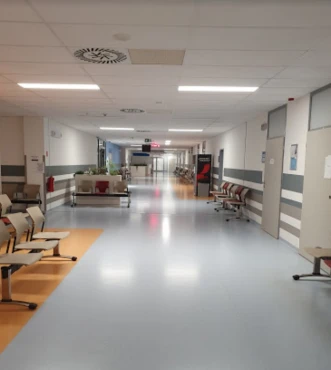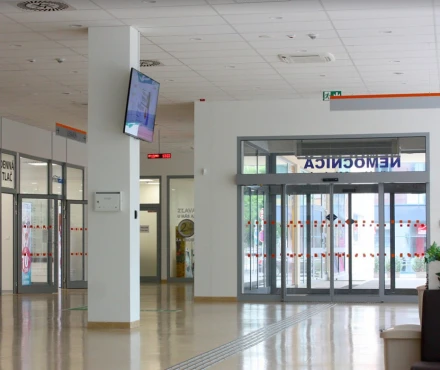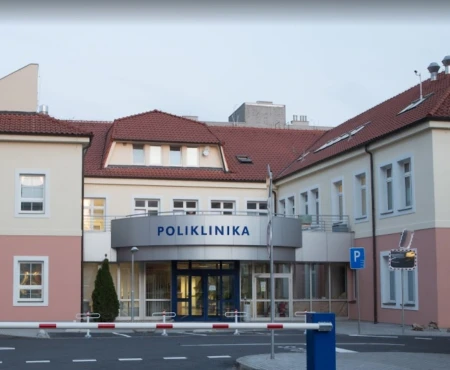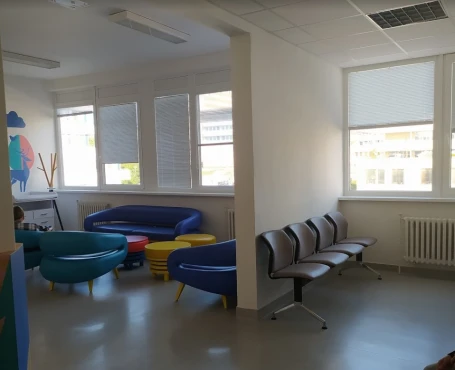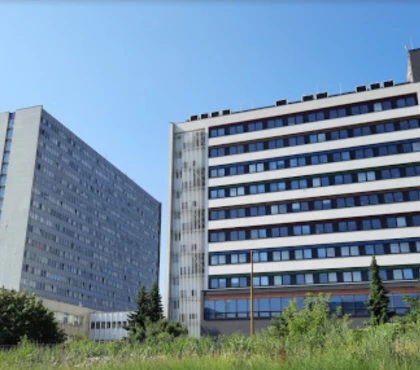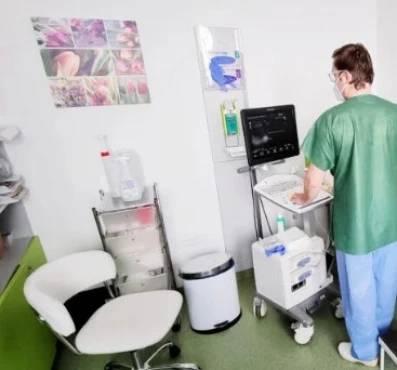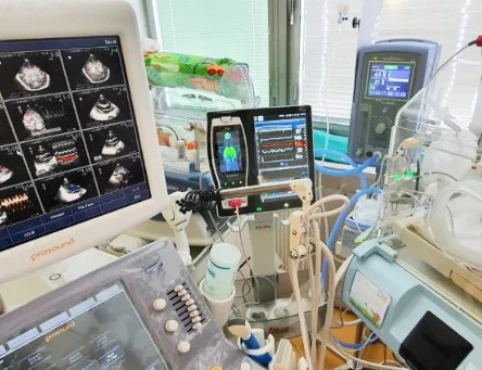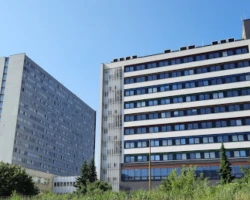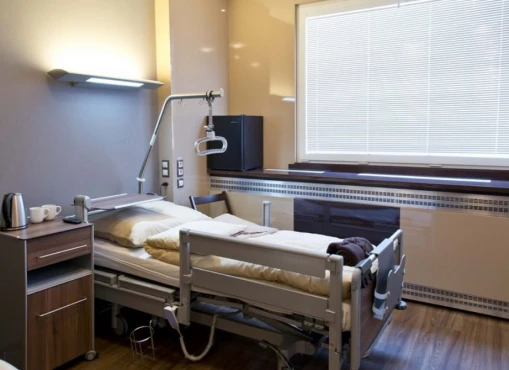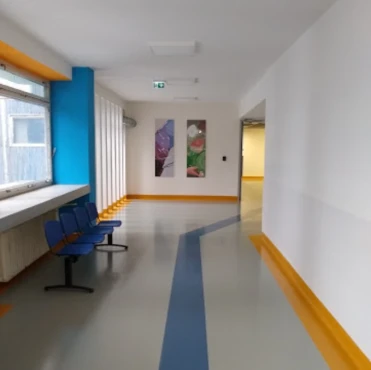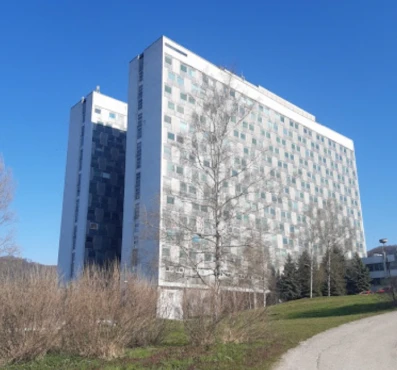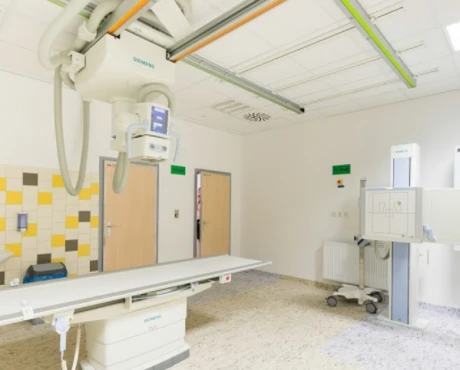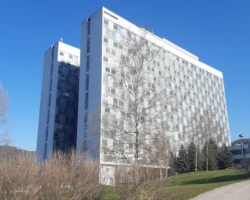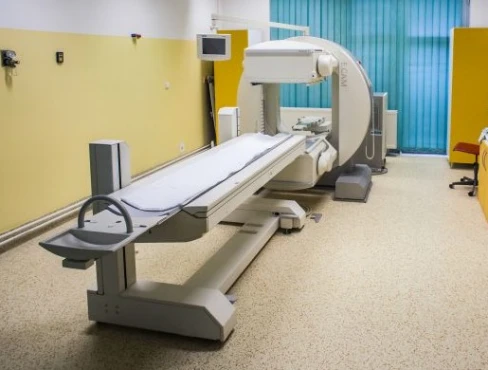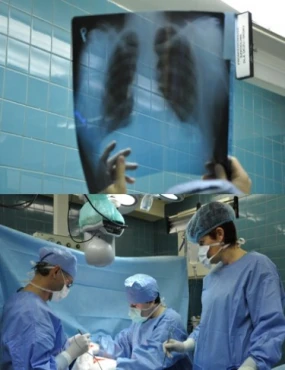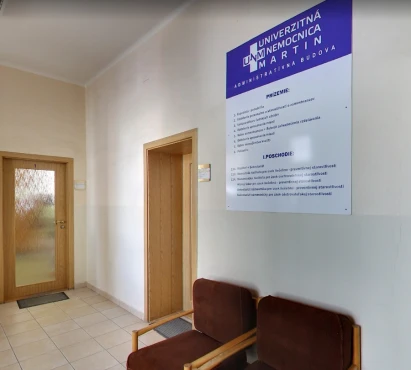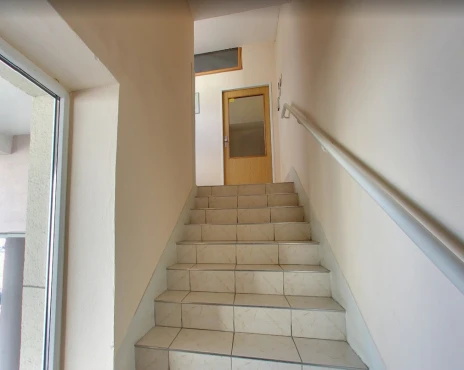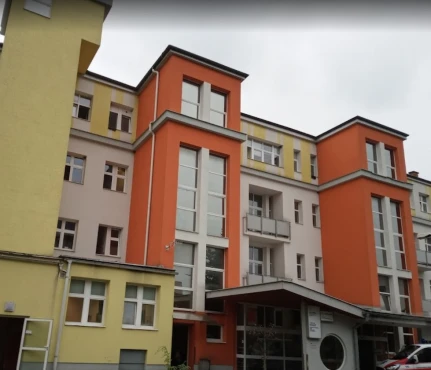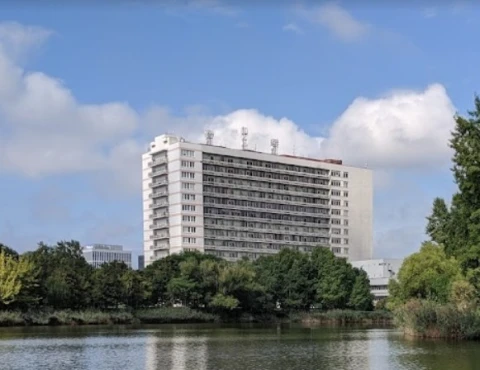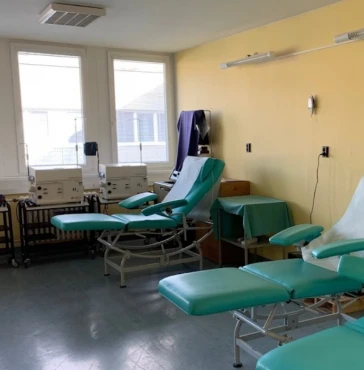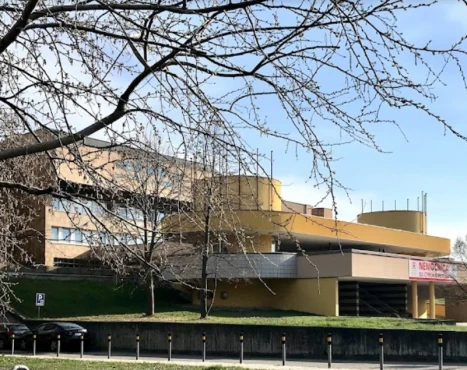Epilepsy treatment in 2 Neurosurgery and Oncology clinics in Bratislava
2 clinics specializing in Neurosurgery and Oncology providing treatment of
Epilepsy
Epilepsy is a neurological disorder characterized by recurrent and unpredictable seizures. It can cause disruptions in daily life, but with proper treatment, many people can manage and control their seizures effectively.
Read more...
disease in Bratislava.
Sorted by:
Relevance
Rating
Relevance
Prices for popular procedures:
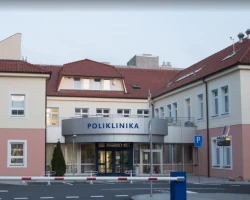
Bratislava, Slovakia
Specializations: Vascular surgery, Thoracic surgery, Neurosurgery, Spine surgery, Orthopedic surgery, Oncology
Saint Michael's Hospital, Bratislava is a specialized hospital providing outpatient and institutional health care for clients of all health insurance companies in Slovakia. Outpatient health
read more
Prices for popular procedures:
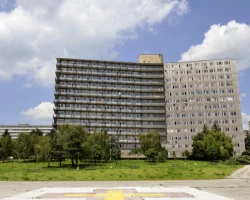
Bratislava, Slovakia
Specializations: Cardiac surgery, Vascular surgery, Thoracic surgery, Neurosurgery, Spine surgery, Orthopedic surgery, Oncology
Ladislav Dérer Hospital (Kramáre Hospitalis) is a hospital in the New Town district of Bratislava, local part of Kramáre. Its old building was built in
read more
Nearby clinics in Slovakia
Perhaps you should consider the following clinics we have found nearby basing on your Location, Disease filters applied.
Prices for popular procedures:
Prices for popular procedures:
Prices for popular procedures:
Prices for popular procedures:
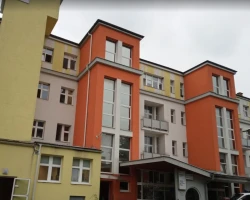
Martin, Slovakia
Specializations: Cardiac surgery, Vascular surgery, Thoracic surgery, Neurosurgery, Spine surgery, Orthopedic surgery, Oncology
The Martin University Hospital is a terminal health care facility of supra-regional importance with several exceptional workplaces with nationwide scope. An average of 50 percent
read more
Prices for popular procedures:

Bratislava, Slovakia
Specializations: Cardiac surgery, Vascular surgery, Thoracic surgery, Neurosurgery, Spine surgery, Orthopedic surgery, Oncology
Languages: English
Nemocnica Ružinov is the largest hospital in Slovakia. University Hospital Bratislava (UNB) is the largest medical facility in Slovakia. The basic mission of UNB is
read more
Prices for popular procedures:

Bratislava, Slovakia
Specializations: Cardiac surgery, Vascular surgery, Thoracic surgery, Neurosurgery, Spine surgery, Orthopedic surgery, Oncology
University Hospital Bratislava - St. Cyril and Methodius Hospital is a hospital in the Petržalka district of Bratislava , in its local part of
read more
Clinics grouping by rating
Clinic with the highest rating of 4.3 — Saint Michael's Hospital, Bratislava in Bratislava, Slovakia, clinic with the most reviews number of 195 — University Hospital Bratislava - Ladislav Dérer Hospital in Bratislava, Slovakia.
With rating 4.0 and over — 1 clinic .
Countries with the highest number of clinics treating the diseases:
Epilepsy:
worldwide
441 clinics
Brazil
34 clinics
India
33 clinics
Mexico
25 clinics
Germany
24 clinics
Colombia
23 clinics
Related procedures:
Procedures are likely to be used for Epilepsy treatment:
Deep brain stimulation (DBS),
Gamma Knife,
and
Transcranial magnetic stimulation (TMS) - per course
.
